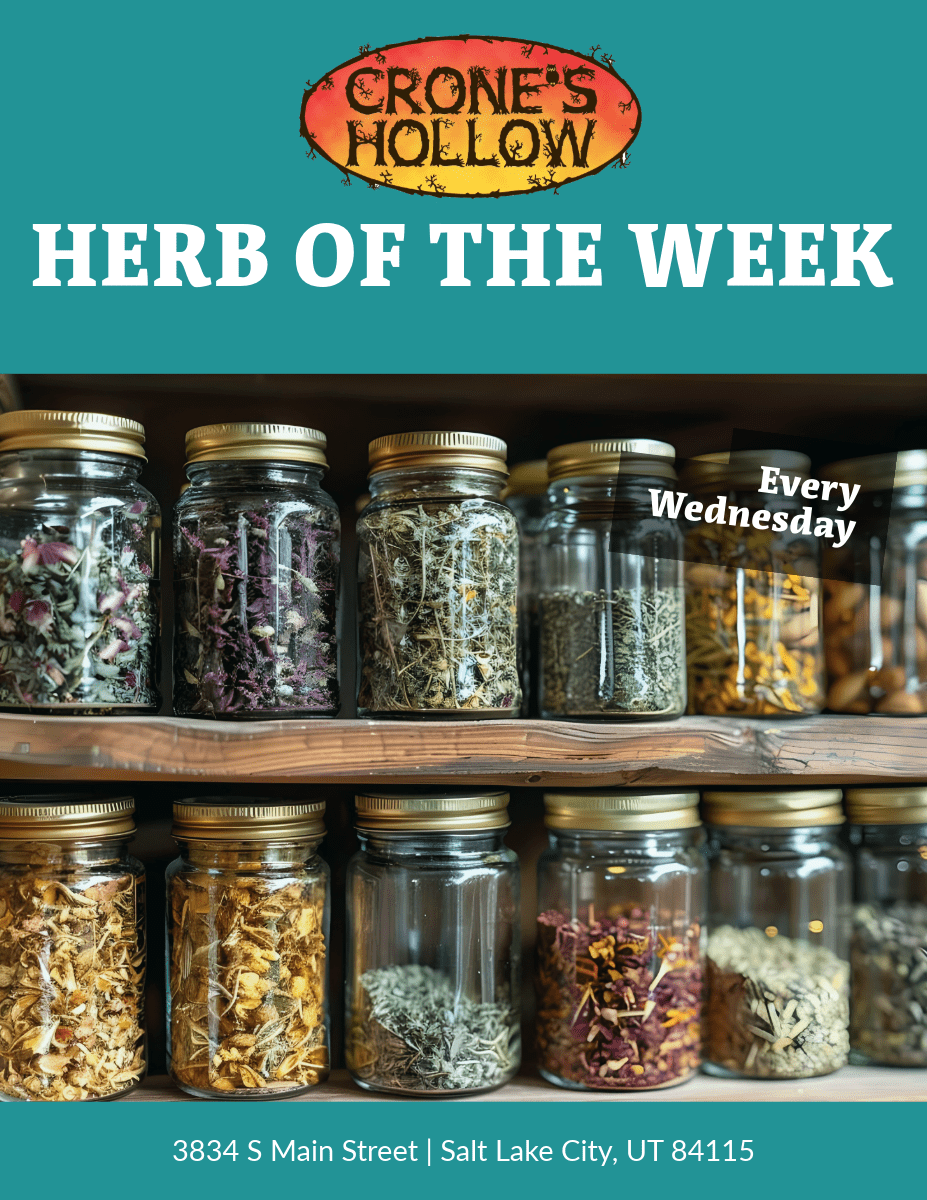Buying your own deck
In the past, coming by Occult and Esoteric supplies—like Tarot Cards—was a secretive process. You had to know somebody, who knew somebody, who knew where to get them. It kept practitioners safe, and kept troublemakers away. Unfortunately, this practice has become a form of Gatekeeping that no longer serves its original purpose.
Giving the fit of Tarot is a wonderful expression of friendship! If no one can, or will, give you your first deck, the act of purchasing it on your own is both spiritually and magically empowering.
The difference between Tarot and Oracle Cards
Tarot and Oracle cards are two related, but different forms of Cartomancy (divination by cards). Regardless of the artwork, which is an artist’s interpretation of a theme, the basic divinatory meanings of a Tarot Card will not drastically change between decks. The 3 of Swords will always be the 3 of Swords. Thus, a Reader can use any Tarot deck after having learned the language of Tarot.
Oracle cards are not universal in their readability. A Reader well versed in one Oracle deck usually cannot transfer that understanding between decks. A deck of Angel Cards, for instance, will speak a different language than a deck of Animal Spirit Cards.
Tarot speaks the same language, but with many accents. Each Oracle deck is a different language unto itself.
The difference between Smith-Waite style decks and Hermetic decks.
Generally, Tarot decks can be categorized into two similar but distinct types: Smith-Waite style and Hermetic decks. The key distinctions between them is the number of total cards, the number scheme of the trump cards (Major Arcana) and the title of the Court Cards of the suits (Minor Arcana).
The Smith-Waite decks have 78 cards: 22 trump cards, 12 court cards, and 44 pip (numbered) cards in the suits. This is the Rider-Waite type deck, and most Tarot decks use this system. In this style of decks, the Strength Card is VIII, and Justice is XI. Finally, the Court Cards consist of Pages, Knights, Queens and Kings—in that order.
Some authors and artists may choose to rename the Court Cards (i.e. Sage instead of King, Mother instead of Queen), and/or rename the pip cards (i.e. spears instead of swords, mirrors instead of coins). Some even rename the Major Arcana cards as well (i.e. Seeker instead of Fool). Nonetheless, the basic meanings of the cards changes very little, and renaming the cards is often an aesthetic choice.
The Hermetic decks usually have between 80-82 cards: 22 trump cards, 12 Court Cards, and 44 pip cards in the suits; and several unnumbered cards, such as “The Void” or “The Rose”. This is the THOTH type decks and are most often employed by magical orders—The Ordo Templi Orientis (THOTH), the Hermetic Order of the Golden Dawn (The Hermetic Tarot Deck), Ced (the Ced Tarot). In these decks, Justice is usually VIII, and the Strength Card is XI. Finally, the Court cards tend to consist of Princes, Princesses, Knights, and Queens, usually with the Queen as the highest-ranking card.
Kipper and Lenormand cards
The Kipper and Lenormand cards are a type of oracle deck based on regular playing cards, usually a modified pinochle deck, and deal with more immediate, physical “dwon to earth” themes than the Tarot and other Oracle Cards. Both Lenormand and Kipper cards are similar to one another; the Kipper tends to deal more in people, while the Lenormand tends to deal more in outside influences.








